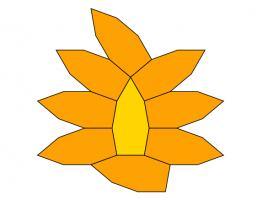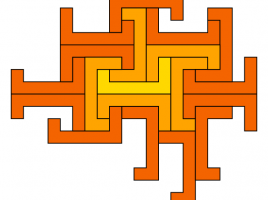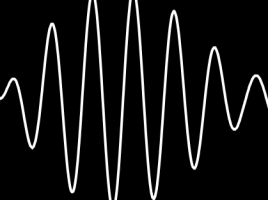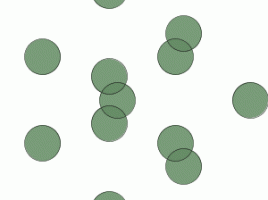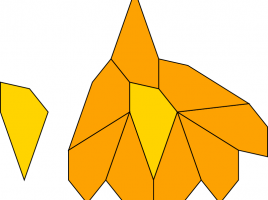
Heesch Numbers, Part 4: Edge-to-Edge Pentagons
This post is the fourth and final one in a series about Heesch numbers. Part 1 was a general introduction, and would be a good starting point if you’re unfamiliar with the topic. Part 2 covered exhaustive computations of Heesch numbers of polyominoes and polyiamonds, and likely isn’t needed to …
